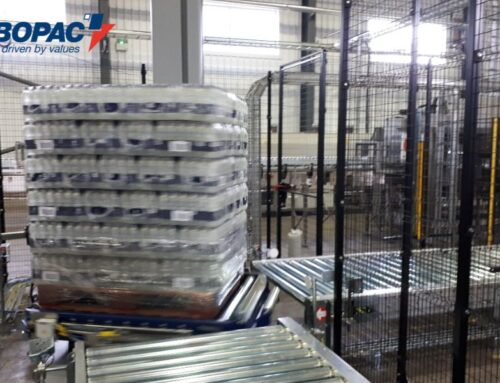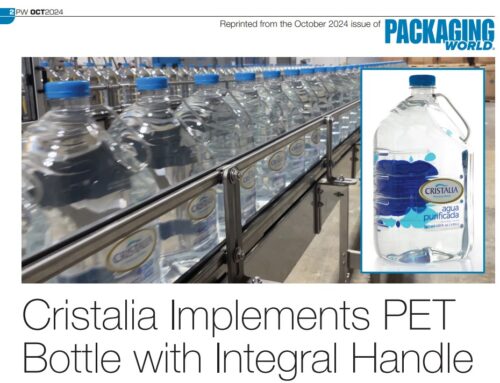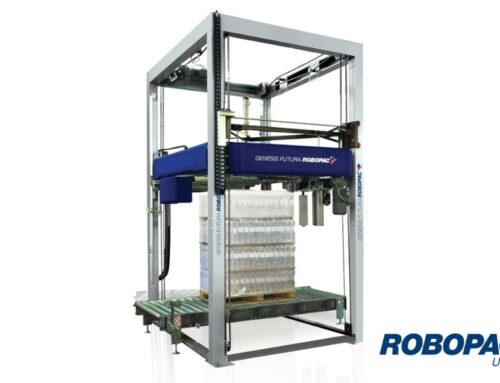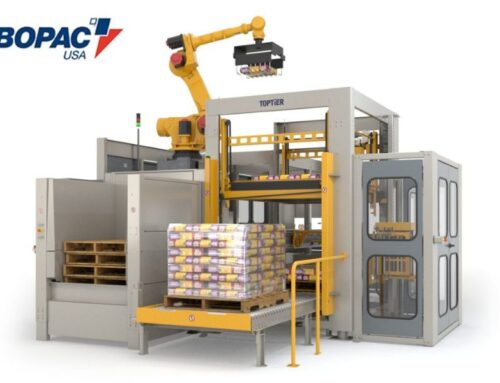Workplace safety is about more than just preventing injuries; it’s about creating an environment that protects employees, keeps your workflows moving, and ensures productivity and success every step of the way. When it comes to stretch wrapping, the Occupational Safety & Health Administration (OSHA) outlines a few standards, suggestions, and other best practices to keep employees working in and around packaging lines safe. Make sure your business is up-to-date with these OSHA stretch wrapping guidelines everyone should know.
Hazards in Manual Wrapping
Much of OSHA’s official literature regarding stretch wrapping revolves around manual wrapping. Though automatic and semi-automatic stretch wrappers are increasingly common throughout the industry, manual wrapping has always been a part of secondary packaging lines. This means injuries stemming from manual wrapping have always been present.
One of the biggest hazards associated with manual wrapping is musculoskeletal disorders stemming from the motion and strain of bending, twisting, lifting, and pulling as employees hand wrap pallets. Handling rolls of stretch wrap can also result in cut, crushed, or sprained fingers.
There are many ways to mitigate the risks of manual wrapping, including the use of ergonomic stretch wrap rollers and comprehensive training for safe hand wrapping. However, the most effective way to reduce injuries from manual wrapping is to invest in automated stretch wrap equipment.
Machine Guarding
Stretch wrappers present a safer, faster, and more reliable solution for pallet wrapping. However, like all machinery, they come with their own safety risks and their own need for safety guidelines and best practices.
The biggest OSHA stretch wrapping guideline you should know is the need for machine guarding solutions. Stretch wrap equipment includes various moving parts that can cause severe injury if employees touch, stand near, or walk into them. Guarding solutions make these hazards easily identifiable and prevent workers from getting hurt.
Start with a risk assessment to easily identify hazards that require machine guarding and determine the best solution. One option is using presence-sensing devices such as lasers, light curtains, and other digital scanners. These guards create a perimeter around the hazardous part of the machine and can automatically shut down any moving parts when an employee gets too close.
Physical barriers are another effective machine guarding solution. Options like automated barrier doors or roll-up metal curtains act as a thick, sturdy barrier around the machine, keeping employees out of danger. These barriers also work to cut off other hazards, such as smoke, flashing lights, or debris if the machine malfunctions.
Staying Ahead of Equipment Safety
Understanding the risks and guidelines associated with stretch wrapping equipment allows you to implement safe workflows and stay ahead of the curve, preparing your facility for current compliances and futureproofing for regulations that may come in the future.
Make a smart investment in safety, efficiency, and productivity when you implement Robopac USA’s semi-automatic stretch wrap machines into your packaging line. Learn more about this and other cutting-edge secondary packaging equipment at Robopac USA today.







